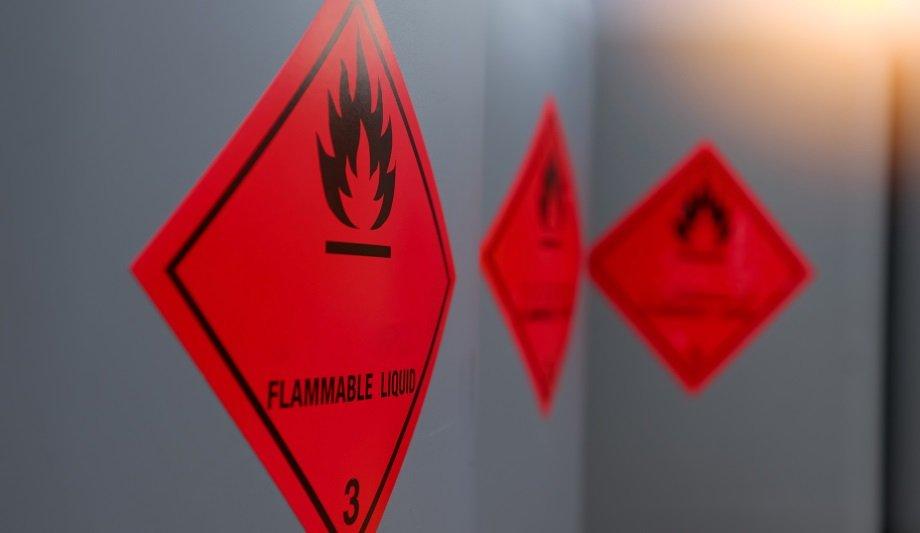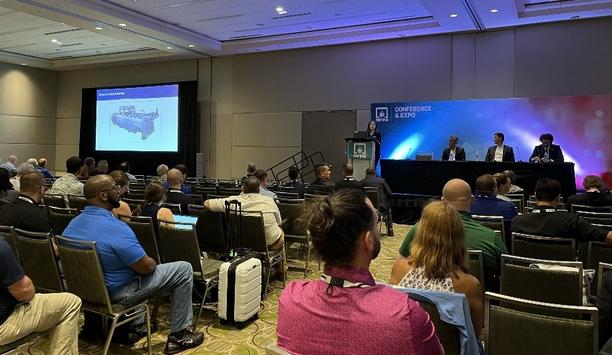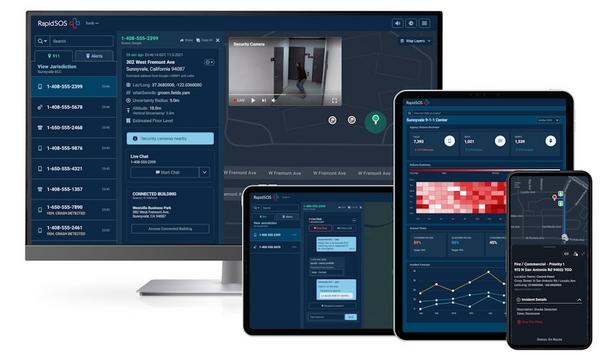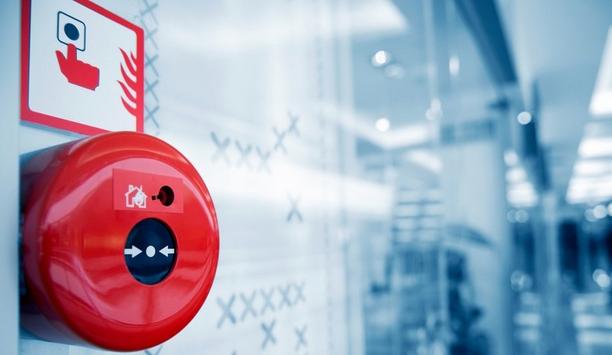New refrigerants used in air conditioning systems provide less potential for global warming (GWP), but the new materials can also be potentially flammable. Sensors are designed to detect refrigerants in a specific confined area (within the unit). However, if the refrigerant leaks outside and away from the unit, the sensor may not be able to detect it, resulting in a potentially hazardous environment.
Society is prioritizing the mitigation of climate change, and new, potentially flammable, low-GWP refrigerants are a key tool in broadly lessening global warming. The detection of fugitive (leaking) refrigerant is a new regulation emerging as heating, ventilation and air conditioning (HVAC) equipment manufacturers convert to low-GWP refrigerants.
Detecting specific gases
Both A2L and A3 low-WP refrigerants, while climate-friendly, are flammable. As such, OEMs will have to integrate refrigerant sensors that detect leaked refrigerant that could potentially cause a harmful event.
Firefighters should know the refrigerant sensors are tuned to detect only specific gases
Refrigerant gas sensors quickly detect gases before they reach explosive levels and alert users to the need for mitigation. Commercial buildings and medium-to-large residential units have the most essential need and gain the most benefit from detecting gases at pre-flammable levels. Firefighters should know the refrigerant sensors are tuned to detect only specific gases. These sensors will not detect other common household substances like gasoline, propane, aerosols, or others.
Gas detection sensors
Gas detection sensors have been used for decades in other applications, such as industrial safety and home monitoring. Adding the right sensing technology to HVAC equipment will not be a significant burden to most businesses and homeowners. As a general rule, the better and more robust the technology, the less maintenance needed over a long lifespan, and the lower the total cost of ownership (TCO) for the systems.
Meeting the need in the market is the MPS Refrigerant Sensor from NevadaNano, a sensor engineered specifically for the detection of harmful refrigerants within HVAC equipment. Legacy technologies have shortcomings that limit their performance, according to NevadaNano. In contrast, the MPS is designed for a 10-plus year life, is immune to poisoning, and never requires re-calibration.
Detecting leaked refrigerant
Since the MPS is a smart sensor module, it performs a self-test every two seconds"
“Since the MPS is a smart sensor module, it performs a self-test every two seconds and immediately reports a fault or a condition if it ever operates out of normal parameters,” says Bob Christensen, NevadaNano’s Senior Director of Business Development.
NevadaNano is actively engaged with HVAC equipment providers to integrate and optimize the ability to detect leaked refrigerant quickly and accurately. “As A2L refrigerants become the standard, it’s critical that businesses, property management companies, and homeowners can be confident that their facilities are safe,” says Christensen. “In addition, our sensors remove the burden and uncertainty associated with legacy technology and faulty sensors.”
Eventual replacement sensors
Traditional nondispersive infrared sensor (NDIR) and pellistor technologies often require human intervention to work properly and require frequent re-calibration and eventual replacement sensors. These traditional sensor technologies require frequent tests to verify that they are operational and able to detect refrigerant gas within specification. In this bump test, a technician introduces a known volume of gas and verifies the sensor works within proper safety parameters.
If the sensor does not read the gas correctly, the sensor may be corrected or recalibrated. However, most sensors’ performance decays over time and will need to be replaced. NevadaNano’s MPS does not require field-testing or re-calibration, an advantage over traditional sensor technology, says Christensen.








































